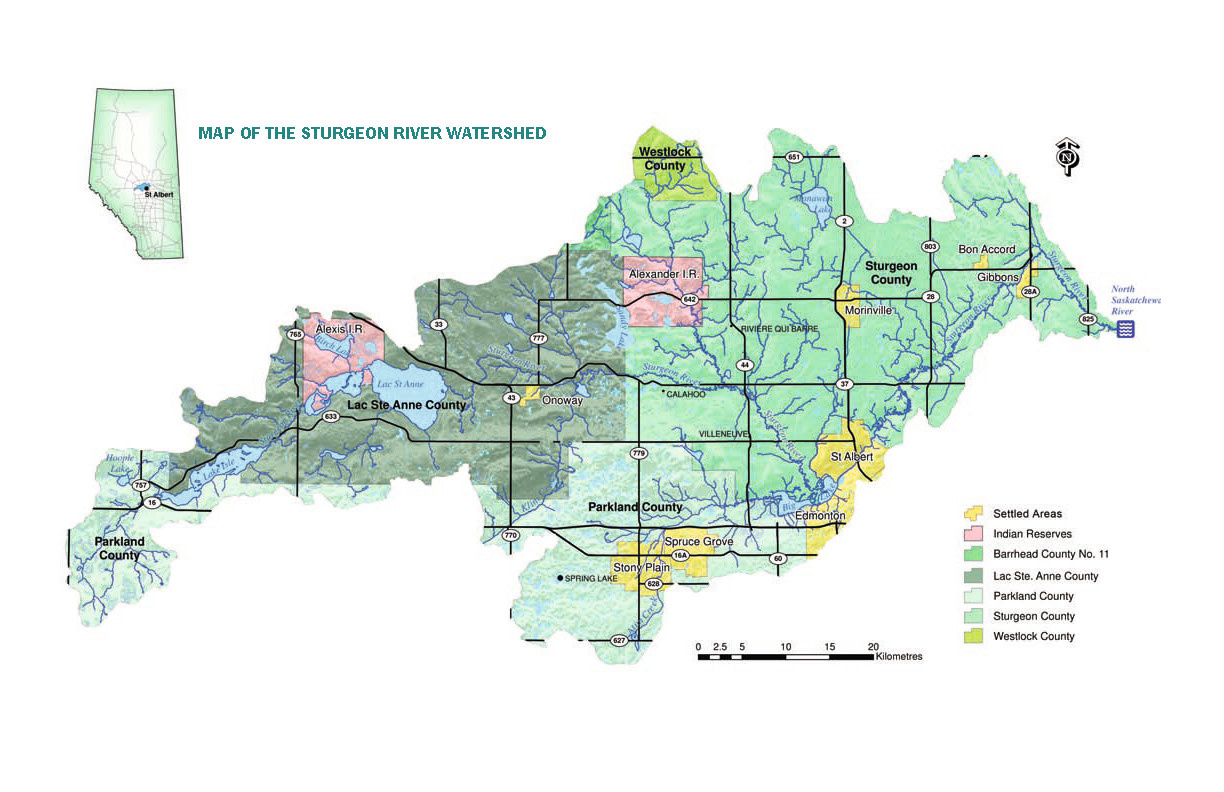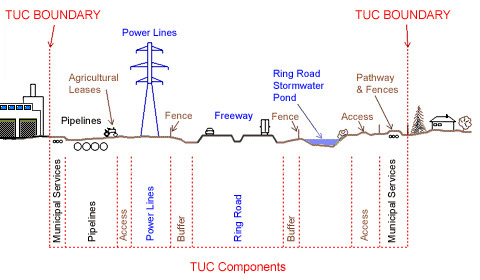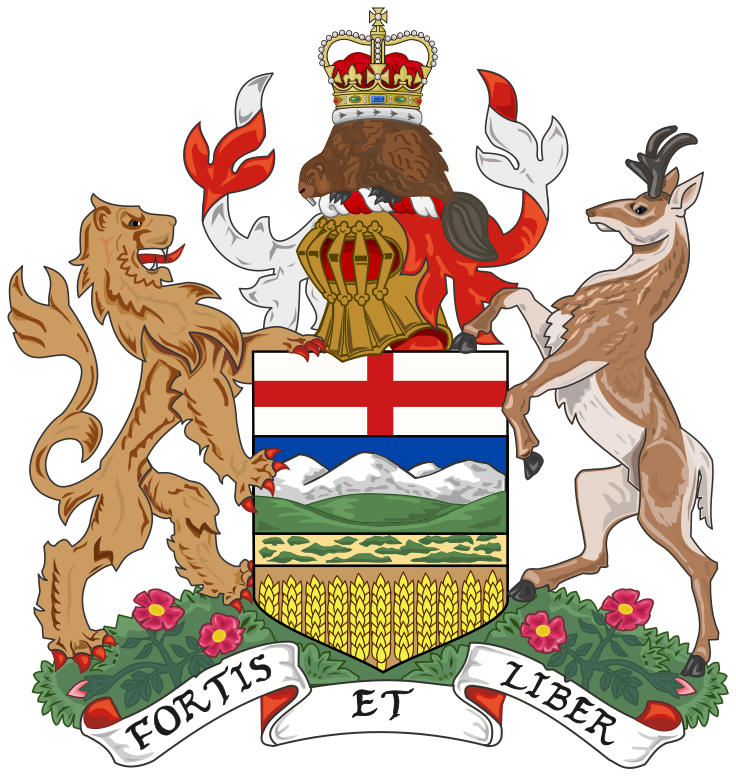Responsibility
Getting Alberta Back on Track!
Challenging economic conditions, plunging oil prices, COVID-19 virus spread forcing countries into isolation, global instability leading to job losses are adding up to our pre-existing worries.
What keeps us grounded through this uncertainty? Responsibility.
If we regard the present situation with social, fiscal and environmental responsibility in mind, then Motion 501 introduced to Alberta’s Legislature by MLA Shane Getson UCP on March 02, 2020 and approved on March 04, 2020 will open the gates to Alberta’s future.
MLA Shane Getson
Committee Assignments
Use your abilities where they matter the most!
Standing Committee on Resource Stewardship - MEMBER
Mandate related to the areas of Agriculture and Forestry, Energy, Environment and Parks, Indigenous Relations, Municipal Affairs, Transportation and Treasury Board and Finance.
On July 2, 2019, the Public Sector Compensation Transparency Act was referred to the Standing Committee on Resource Stewardship pursuant to Government Motion 25. The Committee has completed this review, and the Chair tabled the final report of the Committee on October 31, 2019 (Sessional Paper 326/2019).
For more information, please access this link.
Alberta Heritage Savings Trust Fund - VICE-CHAIR
The Alberta Heritage Savings Trust Fund, established in 1976 by former Alberta Premier Peter Lougheed, had three objectives: “to save for the future, to strengthen or diversify the economy, and to improve the quality of life of Albertans.
The Standing Committee on the Alberta Heritage Savings Trust Fund is an all-party committee consisting of nine Members of the Legislative Assembly of Alberta. It approves the annual report and reviews the quarterly reports on the Fund. As well, the Committee holds public meetings with Albertans on the Fund’s investment activities and performance. The Committee also reports back to the Legislative Assembly on whether the mission of the Fund is being fulfilled.
For more information follow this link!
Capital Region Caucus
VICE-CHAIR
Discusses and meets with stakeholders regarding issues related to the capital region. This would normally be the ‘Edmonton Caucus’, but we only had one member elected in Edmonton.
Northern Rural Caucus - MEMBER
Discusses and meets with stakeholders regarding issues related to the Northern rural areas of Alberta.
Skilled Trades Caucus - VICE-CHAIR
Meet with stakeholders in trades to discuss how to make them more visible, especially to young people in high school. Reports back to Adv. Education on how the government can help our skilled trades attract workers and improve their situation.
Skills for Jobs Task Force - MEMBER
Similar to Skilled Trades Causus, but with the addition of the presidents from NAIT and SAIT and other stakeholders to determine what trades are needed urgently, and how to best provide training for them.
Energy Caucus - MEMBER
Discusses the needs of the energy industry, and how do we move forward as a government to support them in development and job creation.
Affordable Housing Action Group - MEMBER
Researching ways to increase affordable housing in a cost-effective manneR, inclusing stakeholder consultation.
Does it need to be temporary, permanent, or a bit of both? What does that look like?
To find out more on affordable housing funding here.
Red Tape Reduction Task Force- MEMBER
Bill 4: the Red Tape Reduction Act cuts unnecessary regulations by one-third and makes sure new regulations are free of red tape.
Removing needless red tape – such as duplicate processes and rules that do not add protections – will save time, money and resources, while still protecting the environment, upholding fiscal accountability and ensuring the health and safety of Albertans.
Bill 4 will make it easier for people to get the government services they need and reduce the regulatory burden on job creators to encourage investment, boost Alberta’s competitiveness and get more Albertans back to work.
Follow this link for more information.
More on the Committees of the Legislative Assembly of Alberta
The committee process allows for a more in-depth look at issues and can allow for public input into the legislative process through written submissions and/or public hearings.
Watch Alberta Assembly Online
Access Assembly Online where users can access live and archived streams of House and Committee proceedings.
Empowering Albertans
Presently, Alberta resources are restricted from markets in Asia due to challenges building a pipeline to tidewater. Even with a pipeline to BC’s lower mainland, the ports there are not capable of docking the supertankers that make the most sense when shipping to Asia. Additionally, Alaska ports are days closer to those markets, requiring hundreds of tons less bunker fuel to drive the ships. While not specifically laid out in the Motion, Indigenous consultation will be conducted and preliminary communication is resulting in overwhelming acceptance by our First Nations neighbours.
Transportation and Utility Corridors (TUC)
A railroad is only one aspect of the proposed TUC. The right of way can also accommodate roads, pipelines, fiber optic and power transmission lines.
Contact me for more information or subscribe to our newletter.
MLA Shane Getson
Projects
Put your efforts where your heart is!

Sturgeon River Watershed Action Group
There are likely more than a few people left that still remember the good days when you could take a swim with your friends in the local waterways. Sturgeon County was one such place. The quality of the water however, for a number of reasons, is no longer adequate for recreation.
MLA Getson is working with local experts in environment and hydrology consultation/conservation projects, Scott Jendruck and Kurtis Ewanchuk, to find solutions to improving the quality of the watersheds in the county.
Sturgeon River Watershed
A watershed is an area of land that contains streams and rivers that all drain into a single larger body of water, such as a larger river, a lake or an ocean.
The Sturgeon River is a prairie river, fed only by the rain and snow that falls throughout the year. It starts at Hoople Lake, and flows east through Lake Isle, Lac Ste. Anne, Big Lake and empties into the North Saskatchewan River at the City of Fort Saskatchewan. Numerous cities and towns have developed along its journey. The river travels through fertile agricultural fields, open prairies, wooded forests and meanders through the traditional lands of First Nations communities.
- 3,301 km²
- 74 .5% of people live in urban centres
- Developed areas (urban centres) make up 4% of the land
- 71% of land is under agricultural development (crops and pasture)
- About 20% of land is natural areas (forests, wetlands etc .)
- The remaining 5% of land is made up of roads (3%) and other developments (2%), such as oil and gas facilities, mines/quarries and landfills
Government of Alberta’s Water for Life Strategy
The Sturgeon River State of the Watershed analysis is our first step in watershed planning under the Government of Alberta’s Water for Life Strategy. It’s through this provincial document that three goals were created that would ensure Albertans receive access to:
- safe, secure drinking water supplies
- healthy aquatic ecosystems, and
- reliable, quality water supplies for a sustainable economy

Transportation / Utility Corridors
As a former projects manager that has experience in working with major oil and gas projects like pipeline, MLA Getson is always looking for more ways to get Alberta’s resources to markets and remove the landlock affecting our economy today. Shane entered politics to get rid of barriers and get things done, and he has begun working to explore possible options; even with the federal Liberal government’s passing of C-69.
Watch for details coming in the future as potential projects begin to take shape!
What are Transportation / Utility Corridors (TUC)?
In the mid-1970s, the Government of Alberta established Restricted Development Areas (RDAs) around Edmonton and Calgary. The lands included in these RDAs were designated for the Transportation/Utility Corridor (TUC) uses, being the ring road systems, major power lines, pipelines and municipal utilities.
The objective of the TUC program is to facilitate Infrastructure’s development of the city, the surrounding regions and the Province by accommodating the provincial ring road system, major power lines, pipelines, and municipal regional water, sanitary and storm sewer lines.
The TUCs were established on the principle that long-term planning for the accommodation of a number of transportation and utility facilities within corridors can maximize the use of those corridors and also provide an open space in an area that will be surrounded by urban development.
Primary Uses Within the TUC – The TUCs are planned to accommodate linear transportation and utility facilities. These uses include ring roads (and associated interchanges), stormwater management facilities, petroleum pipelines, power transmission lines, and municipal regional water, sanitary and storm sewer lines.
Secondary Uses – usually occur next to roadways, above underground pipelines, or below power lines. These uses include telecommunications lines, agriculture, utilities, parking, outdoor storage, recreation and commercial activities. Secondary uses also include subdivision-related contouring that encroaches onto a TUC, noise attenuation barriers, pathways and supplemental landscaping plants. These uses can easily be altered, or displaced, to accommodate primary uses.
Follow this link for more information.
Why Are Transportation / Utility Corridors Important?
“Putting multiple infrastructure assets into these corridors means building within smaller geographical footprints, resulting in a much-reduced impact on the environment and surrounding land uses.”
“Currently, Canada takes a fragmented and uncoordinated approach to planning and approvals, one which is delaying and discouraging projects that otherwise could provide market access to Canadian products, allow movement of goods and services, provide energy and grow the economy of regions across Canada.”
President and CEO of the Association of Consulting Engineering Companies – Canada.
To read full article follow this link.
